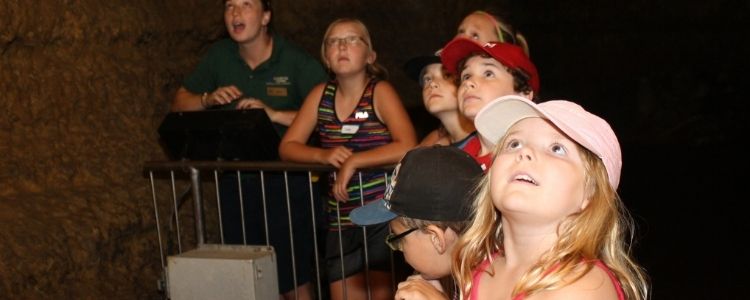Parents and grandparents often ask how they can encourage children to be interested in the physical world around them. One way is to provide multiple opportunities for children to engage in rich experiences. This alone may not produce the results we hope for, just because we enjoy an experience does not mean that our children or grandchildren will enjoy it in the same way that we do. There are ways however to build excitement and engagement over time.
When I reflect on trips I’ve planned that did not spark enthusiasm in the way I’d hoped for, I realize that too often we take for granted what a child already knows about a space. For example, we might expect our son or daughter to be interested in caves because we tell them caves are interesting. In our simple statement, we rob them of the opportunity to become interested in caves. Instead of telling them to be interested, we can provide ways to spark their interest.

